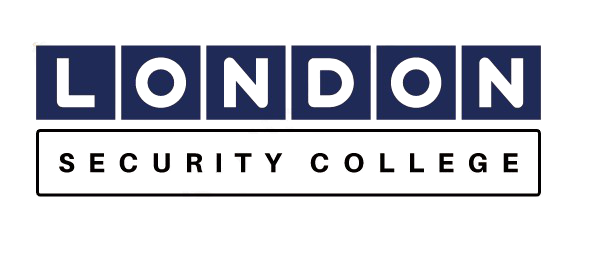Drugs Litter For Security Officers
What is Drugs litter for security officers?
Drugs litter refers to the discarded items related to drug use that can be found on the premises, such as empty drug packaging, syringes, and other drug paraphernalia. As a security officer, it is important to be aware of drugs litter on your premises, as it can be an indicator of drug-related activity and pose a safety risk to others.
The presence of drugs litter can indicate that drug use is taking place on the premises or in the surrounding area, which can attract criminal activity and pose a risk to the safety of staff and patrons. In addition, drugs litter can be hazardous, as drug paraphernalia such as syringes can pose a risk of infection or injury to others.
Security officers should be trained to identify and report drugs litter on the premises, and to take appropriate steps to ensure that it is safely removed. This may involve contacting local law enforcement or trained professionals to safely dispose of the items.
Preventative measures can also be taken to reduce the likelihood of drugs litter on the premises, such as increasing surveillance, implementing drug testing policies, and providing education and support to staff and patrons on the dangers of drug use.
Overall, it is important for security officers to remain vigilant and take appropriate steps to identify and respond to drugs litter and other signs of drug-related activity on the premises, in order to maintain a safe and secure environment for all.
What will be Signs of drug misuse for security officers?
As a security officer, it is important to be able to identify signs of drug misuse in order to prevent drug-related incidents and maintain a safe and secure environment. Here are some common signs that may indicate drug misuse:
Physical signs: Physical signs of drug misuse can include dilated pupils, bloodshot eyes, shaking or tremors, slurred speech, and unsteady gait.
Behavioral changes: Drug misuse can lead to changes in behavior, including sudden mood swings, increased agitation or aggression, and a loss of motivation or interest in previously enjoyed activities.
Social withdrawal: Individuals who are misusing drugs may become socially withdrawn and avoid interactions with others.
Changes in appearance: Drug misuse can cause changes in appearance, including weight loss or gain, poor hygiene, and disheveled appearance.
Financial problems: Individuals who are misusing drugs may experience financial problems, such as borrowing or stealing money to support their drug use.
Changes in work or school performance: Drug misuse can impact an individual’s ability to perform well at work or school, including absenteeism, poor performance, and lack of concentration.
If you observe any of these signs or suspect drug misuse on your premises, it is important to report it to local law enforcement or your employer’s designated authority immediately. Do not attempt to confront the individual or handle the situation on your own, as this can be dangerous. Instead, focus on observing and documenting the behavior, including descriptions of the individual’s appearance, activities, and any other pertinent information that can assist law enforcement or other appropriate authorities in their investigation.
How to find drugs during a search for security officers?
As a security officer, if you are authorized to conduct searches, you may need to search for drugs during your inspections. Here are some tips to help you find drugs during a search:
Conduct a thorough search: Be systematic and thorough in your search. Start at one end of the area you are searching and work your way methodically to the other end, checking every nook and cranny, including drawers, cabinets, and hidden spaces.
Look for drug paraphernalia: Drug paraphernalia can include items such as pipes, rolling papers, syringes, and small plastic bags used for packaging drugs. Look for these items in areas where drug use may take place, such as bathrooms, dressing rooms, or secluded corners.
Use drug-sniffing dogs: Some security agencies use trained drug-sniffing dogs to help detect drugs. These dogs are trained to identify the scent of drugs and can be a valuable asset in locating hidden drugs.
Check for unusual smells: Certain drugs, such as marijuana or methamphetamine, have distinctive odors that can be noticeable in the area where drug use is taking place. Use your sense of smell to detect any unusual or strong odors.
Use technology: There are devices available that can detect drugs, such as drug testing kits and drug detection wands. These can be used to quickly test suspicious substances or to scan for drugs in larger areas.
Pay attention to suspicious behavior: Observe people’s behavior during your search. Look for people who appear nervous or fidgety, or who seem to be trying to avoid your search.
It is important to remember that searching for drugs can be dangerous, especially if you are not properly trained or equipped. If you suspect the presence of drugs, report it to local law enforcement or your employer’s designated authority immediately. Do not attempt to handle the situation on your own.

